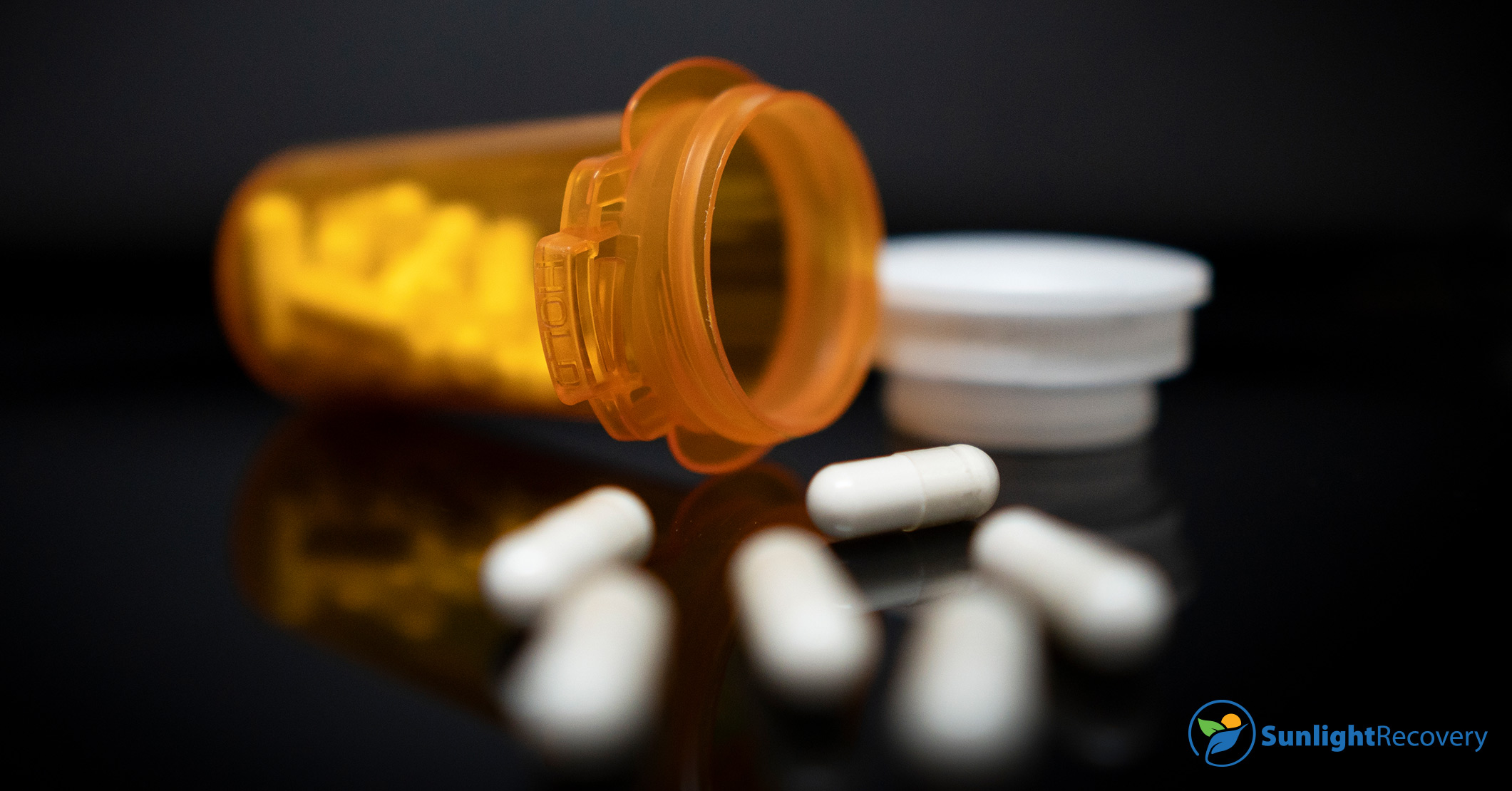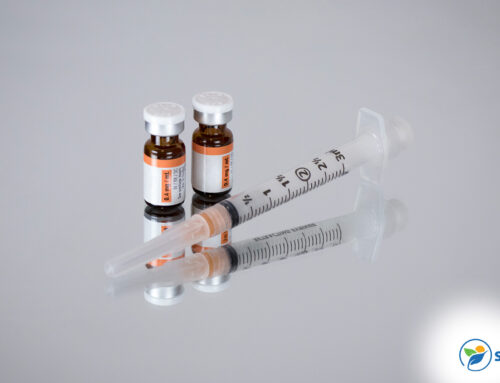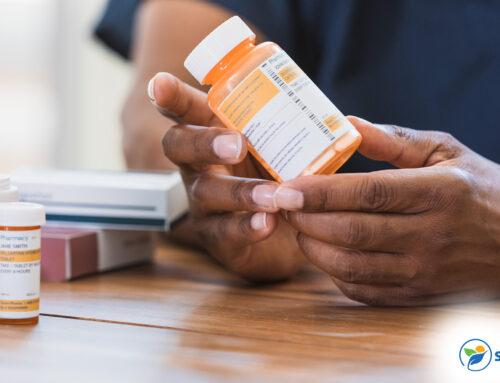Addiction may seem like a hopeless cause for individuals struggling with substance abuse. Some of the top-ranking addictive substances can leave your life in chaos, change your personality and endanger your life. Statistics gathered by the National Center for Drug Abuse Statistics (NCDAS) reveal that over 50% of Americans over the age of 12 engage in drug use at some point, suggesting drug addiction remains a serious national issue.
Experimenting with drugs may seem harmless. However, using one of the top addictive substances can trigger a chain of events leading to substance abuse disorder or SUD. This serious mental condition can destroy relationships and derail personal achievements.
The solution to maintaining control over your life lies in avoiding addictive substances and seeking treatment if substance abuse has already taken hold. Continue reading to discover the 10 most addictive drugs.
1. Amphetamines
Amphetamines, commonly known as speed and uppers, stimulate the central nervous system (CNS), giving users a burst of energy or causing impulsive behaviors. They release a chemical called catecholamine or more specifically, dopamine. The strong effects of amphetamines produce pleasure sensations in the brain’s reward pathway, which contributes to the addictive nature of the drug. Tolerance builds rapidly, requiring addicts to consistently increase their dosage, which can lead to episodes of psychosis. Commonly used amphetamines include Adderall, Ritalin and other ADD and ADHD medications.
2. Nicotine
Nicotine, commonly found in tobacco leaves, acts like many addictive substances by stimulating the release of dopamine in the brain. The drug rapidly alters the brain’s natural ability to release dopamine, leading to dependence within a few days, even with recreational use. Unsurprisingly, over 61 million people use nicotine products monthly, and over 23 million Americans struggle with nicotine dependence. Additionally, according to the Centers for Disease Control and Prevention (CDC), nicotine contributes to 20% of total deaths in the country, with smoking being the leading cause of preventable deaths.
3. Benzodiazepines
Benzodiazepines or benzos, such as Valium and Xanax, are commonly prescribed to treat anxiety, insomnia, alcohol withdrawal and other conditions. Despite their effectiveness for intended uses, benzos are highly addictive. In fact, the National Institute on Drug Abuse determined that benzodiazepines have a short half-life, causing users to rapidly develop a dangerous tolerance. This tolerance buildup can happen in as little as 6 weeks, potentially leading to addiction in a short period.
4. Methadone
Methadone, a synthetic opiate, blocks the effects of heroin and other prescription drugs containing opiates. It’s commonly prescribed to treat heroin addiction due to its potency. The problem with methadone lies in the fact it’s considered more addictive than heroin, making it harder to detox from. Street names include amidone, cookies and fizzies.
5. Alcohol
Many individuals may not perceive alcohol in the same way as other drugs due to its legal status and social acceptance. However, alcohol can be a significant issue because it acts as a central nervous system depressant, meaning it relaxes the person, reduces anxiety and inhibitions and hampers an individual’s ability to make proper judgments and perform motor movements. When a person consumes alcohol, their brain releases dopamine and endorphins, creating sensations of satisfaction and alleviating pain. Over time, the body develops a tolerance and requires more alcohol to replicate this effect, resulting in addiction.
6. Cocaine
Cocaine is a stimulant drug that causes dangerous physical effects, such as a rapid heart rate and elevated blood pressure. Its high level of addictiveness comes from its short half-life and method of action. During a high, cocaine keeps a steady stream of dopamine in the brain. However, when withdrawal occurs, the brain craves the lost dopamine the drug supplies, making recovery exceptionally difficult. Crack is the base form of cocaine.
7. Marijuana
Marijuana, commonly known as weed, contains THC, a chemical that causes the brain to release high levels of the pleasure hormone dopamine. Marijuana is also a depressant, slowing down your heart rate and brain activity while relaxing muscles. As a result, you may feel high and even doze off once THC enters your body. The duration of the effect of marijuana may last for hours, depending on how much you consume. Medicinal marijuana helps in managing various physical and mental conditions but still has addictive properties. The CDC estimates users have a 10% chance of developing marijuana use disorder, which can adversely affect your health, relationships and professional life.
8. Heroin
Heroin remains the most highly addictive drug in the world. In fact, studies reveal a single dose of heroin can swiftly lead to addiction. An estimated 25% of individuals who’ve tried heroin once will develop an addiction. Heroin use causes euphoria, eases pain and numbs the brain and body by acting on the area of the nerve cells in the central part of the brain called the nucleus accumbens. This characteristic makes it highly abused and popular.
9. Barbiturates
Barbiturates are depressants used to reduce anxiety, treat sleep disorders, prevent seizures and alleviate muscle spasms. Sometimes, these medications are used as anesthesia during surgical procedures. They act on the central nervous system by reducing the heart rate and inducing sleep. Individuals taking barbiturates may feel relaxed, happy and less inhibited and may be extremely talkative. These medications aren’t used as frequently due to safer options for treatment and their addictive properties. Common barbiturates include amobarbital, phenobarbital, butobarbital and secobarbital.
10. Buprenorphine
Buprenorphine is a synthetic opioid used to treat opioid use disorder and as a replacement in the treatment of methadone and heroin dependency. When taken in low to moderate doses, it reduces the withdrawal symptoms and cravings and is generally safe and effective. Because of its opioid addiction potential and harm, it carries a high risk of dependency.
Top Ranking Addictive Substances
Understanding and overcoming substance use and abuse is a complex condition that takes time. It’s easy to become reliant on the top-ranking addictive substances, but breaking free from that cycle can be difficult. However, achieving long-term recovery from these drugs is possible with the correct support.
At Sunlight Recovery, we provide individualized treatment that addresses your unique needs during recovery. Our comprehensive approach to treatment helps you learn how to live a life free from substance abuse. In addition, our diverse range of programs can help you address the substance abuse risks to your mental health and personal relationships.
Are You in Need of Substance Abuse Treatment?
Don’t allow your addiction to define you any longer. At Sunlight Recovery, we’ll show you how to obtain a fresh start in your life and guide you along your journey to recovery. Contact our compassionate team of counselors 24-7 to learn more.







Leave A Comment